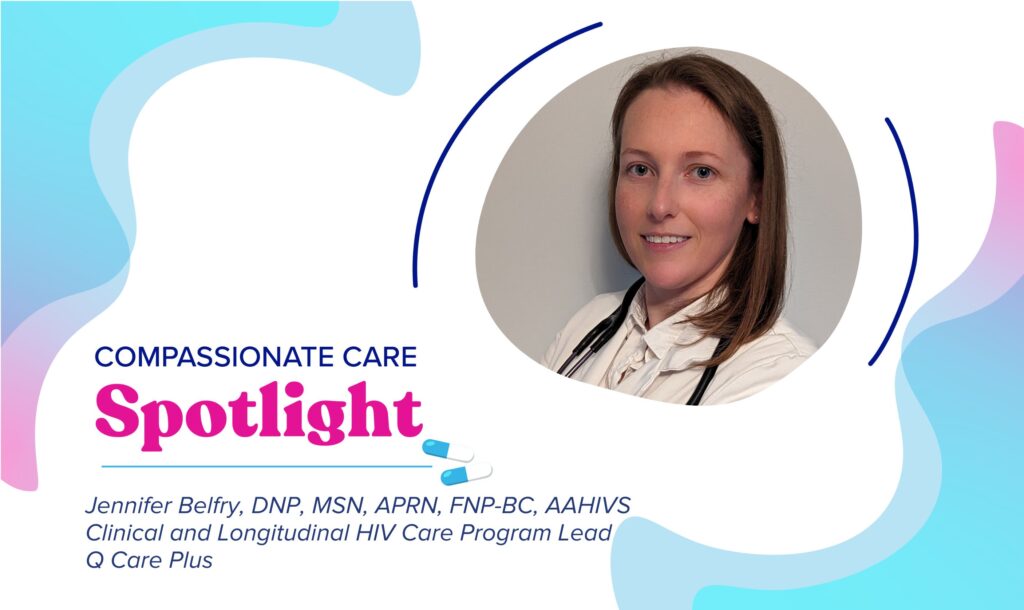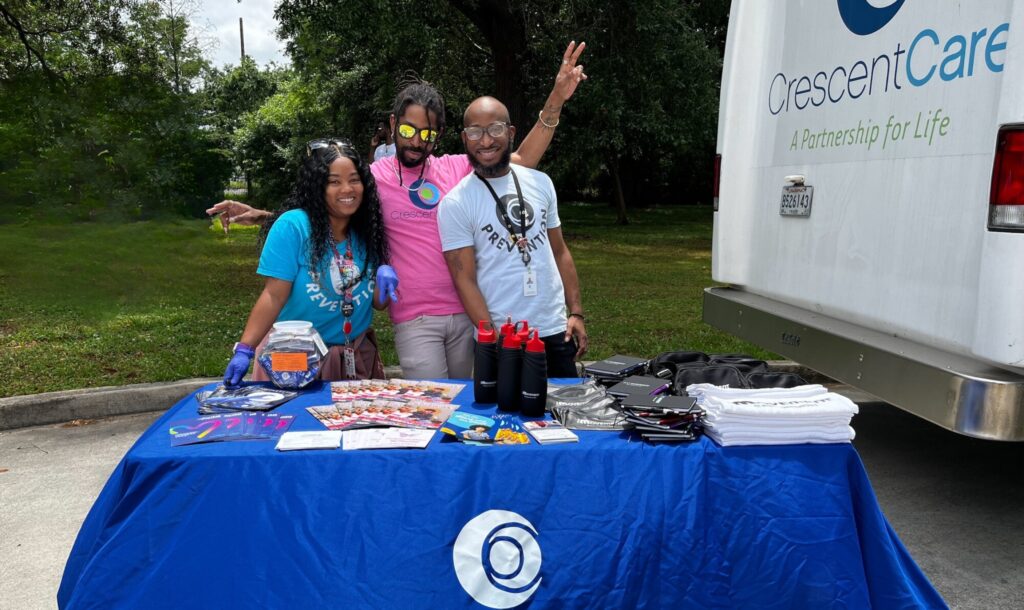When people consider technology’s role in adapting to pandemic-constrained life, many begrudgingly think about endless hours spent on videoconferences. Yet, pandemic-infused technological innovations also altered our lives in other ways, big and small. For instance, I’ll never go back to wearing “slacks” and wondering what my face looks like with just a mustache. On a much more serious note, millions of Americans lost their lives or fought severe health battles. Others switched careers, relocated, or reconsidered how they wanted to live. In each of these instances, technology, more often than not, played a critical role.
It’s no secret that the pandemic had a devastating effect on health care institutions and front-line workers. At Avita, our covered entity partners bravely faced the one-two punch of evolving patient needs paired with providers leaving the profession in droves. When combined with the ever-changing 340B environment, this means community health organizations must leverage every opportunity to integrate efficiency, effectiveness, and compassionate care to future-proof their missions. Enter (you guessed it) technology again—and ensuring yours is doing triple duty. Here’s how.
Community health organizations must leverage every opportunity to integrate efficiency, effectiveness, and compassionate care to future-proof their missions. Enter (you guessed it) technology.
Troy Polan, CIO, Avita Care Solutions
Using technology to reach and retain patients
It’s been estimated that COVID-19 moved our nation’s health care technology forward two decades in a single year. But beyond innovations in telehealth and other digital health platforms, pandemic-inspired tech escalated Americans’ serious addiction to convenience. I.e., I want what I want (purple socks with the Prince symbol on them), where I want (on my feet), when I want (now).
Maybe I have parenthetically revealed too much. The point is, whether it’s getting meals delivered to their doors in 20 minutes or the ability to make touchless payments, consumers have been catered to with technological advances that make receiving services easy and fast. And let us not forget that consumers are patients. So, health care organizations looking to reach and retain patients should think about similar strategies to enhance their journeys. For example, how do your patients want to be contacted? Do your patients want to be contacted? When do your patients want to be contacted? Taking advantage of systems that track the answers to these questions inside the patient profile is a great way to listen to your patients and meet them where they are.
However, it’s actually the implementation of technology that enables the optionality necessary for covered entities to deliver customized services. Can you text patients safely? Can you provide answers to their concerns without overloading your team? Can you compassionately and securely serve them over the internet? In short, do you have a technology strategy that supports your communications and outreach strategy for both tech-savvy and digitally naive patients across a variety of platforms? These are critical questions to address if you want to deliver the convenience most patients, even those burdened by health inequity, have grown to expect in other areas of their lives.
You know your patient base. Finding out what they really want (rather than just what they’ll tolerate) and delivering on it is the path to better engagement. But it involves challenging your organization and partners to seek solutions. The good news is that your efforts are likely to reap significant benefits, from healthier and more satisfied patients to less overwhelmed care providers. Win-win!
Do you have a technology strategy that supports your communications and outreach strategy for both tech-savvy and digitally naive patients across a variety of platforms?
Troy Polan, CIO, Avita Care Solutions
Leveraging data to support your mission
Chances are your covered entity spends a lot of time communicating and reiterating your mission. You’ve not only crafted your vision and core values, but you’re also rallying your team members behind them and serving patients based on these tenets. The bottom line? Your covered entity’s mission is its lifeblood and a primary reason your staff and patients are drawn inside its doors.
So, behind anecdotal evidence, how do you know if you’re, in fact, achieving your mission? Most organizations use tech to measure and track factors that contribute to their missions, including the number of patients served, their retention rates, and medication adherence. These are critical statistics and require considerable effort to consistently acquire, validate, and analyze, so it’s essential to identify solutions partners with the fundamental processes and know-how to help you get the job done.
It’s entirely insufficient to simply harness technology to evaluate the top-level attributes of your 340B program. You need partners who can provide granular data regularly and hold how your health center is managing patients under a microscope.
Troy Polan, CIO, Avita Care Solutions
But what about your ability to sustainably carry out your mission itself, today and in the future? Is your organization spending as much time and energy determining how to quantify the success of your mission as it does evangelizing it? In fairness, doing so is a challenging task. It requires leaders to dare themselves and their teams to go beyond productivity measures and seek outcomes-related intelligence.
Here’s where insights into your 340B program come into play and whether your team has visibility into the key data points that show whether it’s helping drive your covered entity’s mission. Word to the wise, your partner landscape is once again crucial here. It’s entirely insufficient to simply harness technology to evaluate the top-level attributes of your 340B program. You need partners who can provide granular data regularly and hold how your health center is managing patients under a microscope. The dots should be easy to connect: An effective 340B program is compliant, of course, but in a highly functioning organization, it also strongly correlates to the reason your covered entity exists in the first place.
For all three tips plus bonus content, check out the full article in 340B Report.




